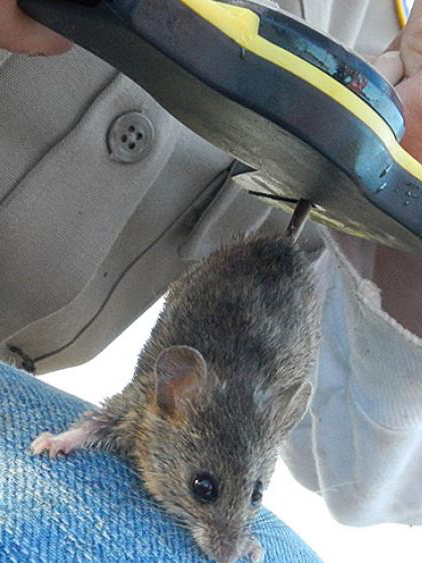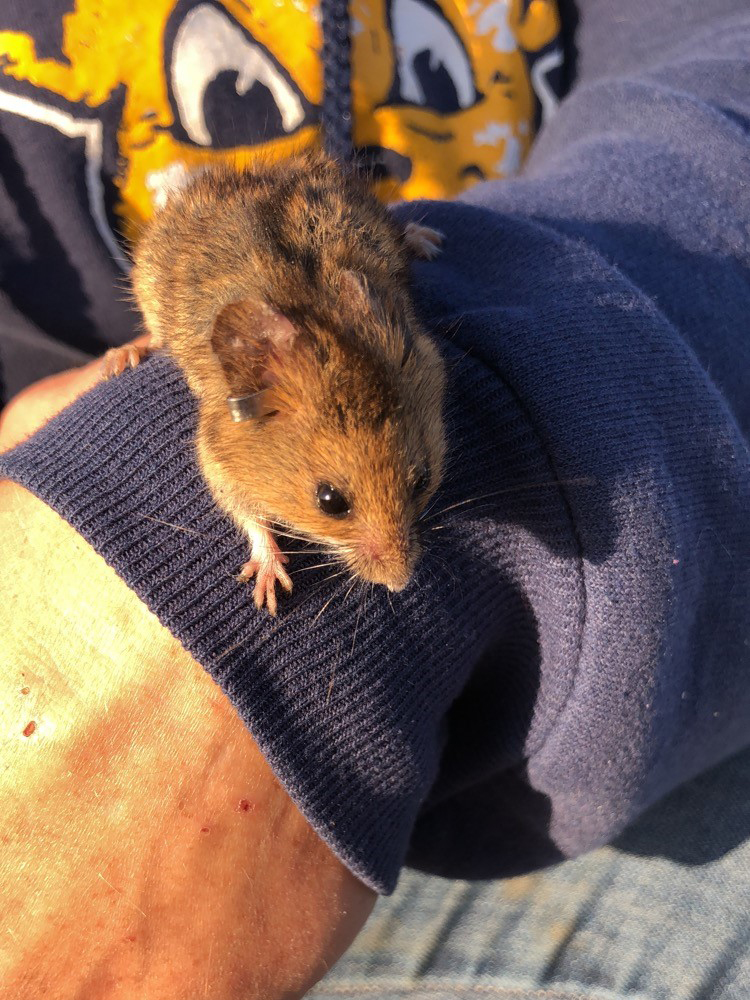About
The northern subspecies of the salt marsh harvest mouse (Reithrodontomys raviventris halicoetes) is morphologically similar to the western harvest mouse (R. megalotis) with which it co-occurs in the Suisun Marsh, California, USA, and therefore they are difficult to distinguish in the field. The salt marsh harvest mouse is a federal and California state-listed endangered species, whereas the western harvest mouse has no special status. Thus, our objective was to identify the most effective field metrics that distinguish the species.
First, we identified a barcode of life and restriction fragment length polymorphism approach for genetically distinguishing between the species. Then we performed univariate tests to examine variation in standard external morphological traits within and between species and found that differences between species were confounded by sex and age. We then used discriminant function analysis and multiple logistic regression (MLR) to find combinations of characters that resulted in the highest percentages of correct classification based on a data set of individuals with genetically verified species identity. The best model (MLR) correctly classified 90.1 ± 3.5% (x SD) of individuals, though all approaches performed relatively poorly with smaller, ostensibly younger, mice.
Therefore, tail length, body length, and tail diameter, if treated in a comprehensive multivariate context, can yield substantial accuracy for distinguishing between coexisting northern salt marsh and western harvest mice. (c) 2018 The Wildlife Society.
Sustaita D, Brown SK, Barthman-Thompson L, Estrella S, Patterson L, Finfrock PQ, Villablanca FX. 2018. Distinguishing between northern salt marsh and western harvest mice. Journal of Wildlife Management 82:723-733 DOI:10.1002/jwmg.21421.
Acknowledgements
This calculator was created by Jamie C. Lam and Dr. Diego Sustaita. Updated August 2020.




Images (left to right) by L. Barthman-Thompson, K.R. Smith, K.R. Smith, and B. Tran
Banner Image by K.R. Smith

